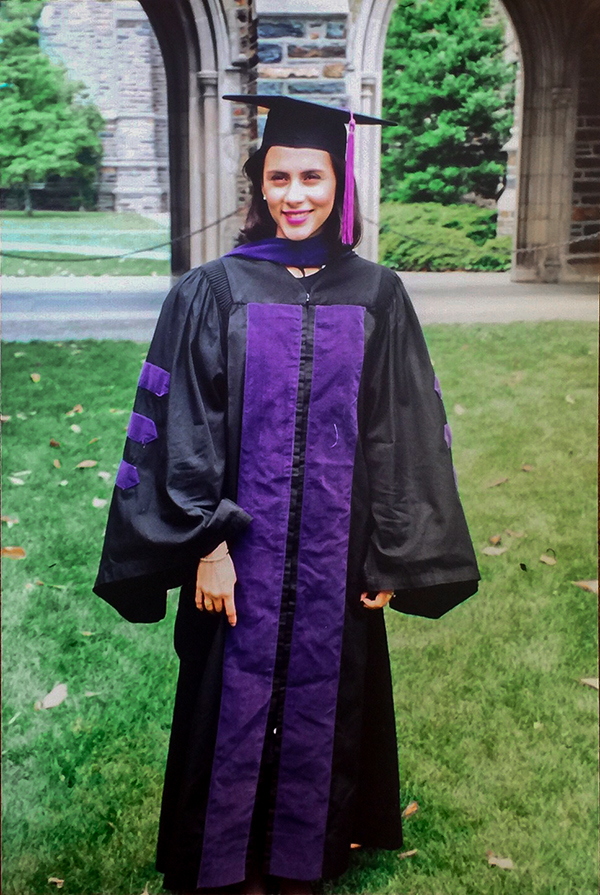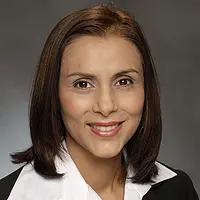Imagine a scientist, engineer, or manager. What kind of person did you imagine? Was it a man?
In 1983, David Wade Chambers asked 4,807 primary school children to draw a scientist to gauge children’s perceptions of science and scientists. In the original study in the 1950’s, less than 1 percent drew women scientists. Since then and in Chambers’ 1983 study, the average number of female scientists drawn by children has steadily climbed, but male students continue to be less likely to draw women scientists and overall students are twice as likely to draw a male scientist than a female scientist.
While women are pursuing careers as scientists in greater numbers, the fact that many children do not perceive scientists to be female is problematic. If students are less likely to perceive women as scientists, then girls may not perceive science as a viable career path.
Changing the perception of 21st century women in science
Two high-profile men in the field are taking steps to help eliminate these perceptions and social norms. Dr. Francis S. Collins, Director of the National Institutes of Health, said he would no longer speak at conferences that do not show a strong commitment to diversifying the makeup of their panelists, writing, “I want to send a clear message of concern: It is time to end the tradition in science of all-male speaking panels.”
Dr. Jeremy Farrar, Director of the Wellcome Trust, echoed Dr. Collins’ sentiments about equality, saying he and others in the organization “made a commitment and refuse to serve on panels or talk at events that do not honor the same commitment.”
At RTI, we have made our own commitment to gender equality. More than 50 percent of RTI employees are women, and over the past few years, through the vision of President Wayne Holden and the leadership of Chief Human Resources Officer Lisa May, RTI has made a concerted effort to focus on the professional development of its staff so that every employee has the tools and opportunities to achieve their full potential, regardless of gender. While it might come as a surprise to some, at this moment, women actually occupy 50 percent of the leadership positions at the Institute. You might not see this if you focus only at the very top of the organization, but at every level women are advancing in their careers based on their qualifications and the valuable work they perform, not based on societal perceptions of what a scientist or leader looks like.
 In these times of change and disruption, it is easy to focus on what is going wrong in the world. One of the things I try to keep in mind, however, is how lucky I am to be part of an organization that not only wants to improve the human condition for others, but is also dedicated to promoting a positive, productive, and inclusive work environment. My supervisor, RTI General Counsel Eddie Story, is someone who has done so many things to help pave my path to success and career fulfillment at RTI, for which I’m truly grateful.
In these times of change and disruption, it is easy to focus on what is going wrong in the world. One of the things I try to keep in mind, however, is how lucky I am to be part of an organization that not only wants to improve the human condition for others, but is also dedicated to promoting a positive, productive, and inclusive work environment. My supervisor, RTI General Counsel Eddie Story, is someone who has done so many things to help pave my path to success and career fulfillment at RTI, for which I’m truly grateful.
I was very excited when Dr. Holden announced RTI’s Diversity & Inclusion initiative, and ever since I raised my hand to serve as the executive sponsor for RTI’s newly forming Women’s Advancement, Leadership, and Success (WALS) Employee Resource Group, Eddie has been nothing but supportive. Ironically, in serving as the executive sponsor of WALS, I strive to be the leader that Eddie has been for me.
I do not believe leadership is the province of any gender; anyone can be a great leader; one’s gender is irrelevant. Unfortunately, throughout most of history, women have not had the same opportunities for advancement and even when women have made important contributions to various fields, they have been overlooked intentionally or based on perceptions of what a leader looks like. This is why I am delighted to be part of RTI’s efforts to help women develop skills for advancement within the organization, enhance their visibility, and applaud their technical and scientific achievements.
 As we approach Women’s Equality Day on August 26, we are reminded of the importance of having both men and women stand up for gender equality and support inclusive environments for all staff pursuing careers in science and in other technical fields. As a girl child born in India, I was lucky that my mother and father (both scientists) treated and valued me equally as my brothers. I imagine if they had not, I probably wouldn’t be writing this article today. As the mother of three young women who are embarking on their own professional journeys, I want them to live in a world where their career aspirations are limited only by their imaginations, not by their gender.
As we approach Women’s Equality Day on August 26, we are reminded of the importance of having both men and women stand up for gender equality and support inclusive environments for all staff pursuing careers in science and in other technical fields. As a girl child born in India, I was lucky that my mother and father (both scientists) treated and valued me equally as my brothers. I imagine if they had not, I probably wouldn’t be writing this article today. As the mother of three young women who are embarking on their own professional journeys, I want them to live in a world where their career aspirations are limited only by their imaginations, not by their gender.
To truly improve the human condition, we cannot leave half of humanity out of the equation or be satisfied that one half has less opportunity, visibility, pay, or recognition. While each of us individually might not be able to change the world, if we work together in our communities and collaboratively across continents, collectively we can make the world a better place.
